Few days ago I blogged about the Villar Foundation’s repatriating distressed OFW’s (see my post here). Last Tuesday, May 8 together with a group of bloggers we went to La Pinas City and learn more about the Villar Foundation’s Social Enterprise and Saving the Las Pinas-Zapote River. There are so much to share in this half day tour and I would like to start on our trip to the Las Pinas Arts and Crafts.
Crafting Baskets from Water Hyacinths
I love using handcrafted products such as baskets, bags, purse, among others. It’s amazing how the workers of Las Pinas Arts and Crafts made baskets from water hyacinths (water lilies).
The process starts from harvesting the water hyacinths, drying the stalks forming a frame, weaving and applying varnish.
Large baskets are sold at P300, affordable and beautiful. I prefer it over plastic storage boxes that’s more expensive available in most department stores nowadays.
Another advocacy/livelihood project of the Villar Foundation is the Coconut Coir. It was actually our first stop during the half day trip.
Twining and Weaving Nets from Coconut Husks
We were welcomed by Engr. Dexter Gonzales who gave us a little background of the said project.
The idea started when the city of Las Pinas noted increasing number coconut husks in the garbage, streets, rivers and markets. Dr. Justino Arboleda, an agricultural engineer from Bicol State University introduced a decorticating machine that helped in producing something useful out of coconut husks. Today, coconut husks were processed and coco nets were created.
Placing husks into the decorticating machine; Preparing fiber for Twining
Twining and Weaving Nets in the coco fiber loom.
Today an average of 40 families per barangay benefits from this project. The Villar Foundation buys the coco rope at P1.50. Every week, a family who works in the coconut coir produces 50 meters per roll. Three (3) rolls of coco net and earns approximately P3,300/week. This livelihood project doesn’t only helps 40 households, the byproduct (rope) is being used in riverbanks to protect against soil erosion. The coconut fiber is also use as a filler, the coconut husk as a holder or plants.
Weaving Blankets for Calamity Use
Mrs. Cynthia Villar used to buy China-made blankets which she donates to victims of calamities until she thought of putting up their own handloom weaving center.
The Las Pinas Handloom Weaving Center is located at Barangay Bernabe Pulang Lupa.
Instead of chatting and playing cards, women earn an average of P4,500/month from weaving blankets which were sold at P65/each. Workers said they enjoy weaving; they also save from transportation expenses. In addition to that, they don’t have to go far and leave their small children.
Another project of the Villar Foundation that I hope every city would imitate is the strict implementation on the Solid Waste Management. The Pamplona Dos Solid Waste Management Project started in September 2000 to address the mounting garbage problem being experienced by the barangay.
Solid Waste Management operates with the help of 6 composters, 1 hammer mill and 4 bio-men who continue to collect wet garbage in all areas of the barangay.
These earthworms feed on organic wastes and as they pass through the worms’ bodies, they become “castings”. In about 3-4 months, the containment areas are filled with rich, black vermi compost ready for harvesting.
You might ask me where the dry, plastic garbage goes. They make hollow blocks out of plastic materials that most junk shops refuse to collect, this is called PULVERIZER (plastic sando bags made into bricks), another great innovation from the City of Las Pinas!
Last but not the least, we visited the River Station and Livelihood Center. It’s a connecting river of Las Pinas and Bacoor Cavite. Commuters pay P1.00 for a ride. The dam is being preserve for tourist attraction.
Looking around the River Station, at first I felt I was in Fort Santiago with the brick walls surrounding the station.
After the tour, we were invited for a scrumptious lunch at the Villar residence and had an informal conversation with Congresswoman CYNTHIA A. VILLAR.
She said “Saving a river, Securing Livelihood is an impassioned view on the approaches made to save the Las Pinas-Zapote Rivers and the interlinked social enterprises which were created to sustain the environmental objectives."
There are many job openings nowadays but not all are qualified for the vacant positions. Not to mention our family and kids to take care at home, geographical location – these are just few reasons why many of us are unemployed.
 Thanks to livelihood projects/social enterprises, the key advocacies of the Villar Foundation for helping hundreds and thousands of families.
Thanks to livelihood projects/social enterprises, the key advocacies of the Villar Foundation for helping hundreds and thousands of families.
I am grateful joining this activity. I enjoyed weaving and visiting the arts and crafts center and learning a few history about the Las-Pinas – Zapote river.
Congratulations to the City of Las Pinas and I hope other cities will follow.
Congratulations Villar Foundation on your 20th Anniversary! Find out more about the Villar Foundation, visit their website at http://www.villarfoundation.org
More photos on my Facebook Page, visit Our Trip to Las Pinas | Villar Foundation Key Advocacies Facebook Album


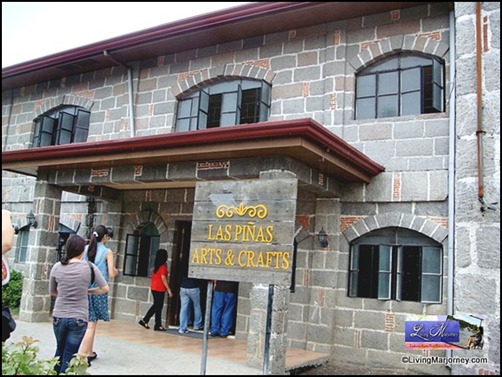


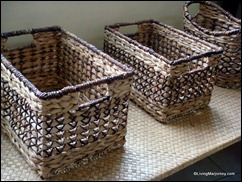

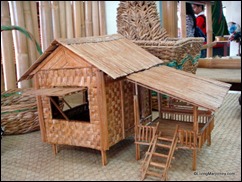


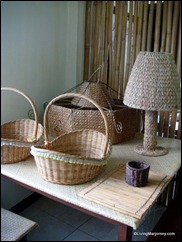

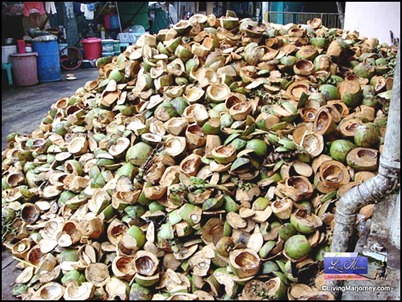

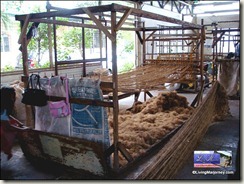


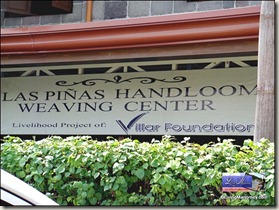



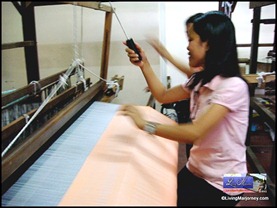

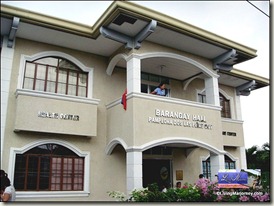



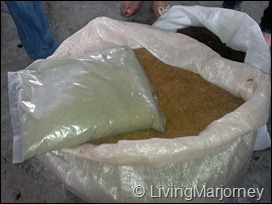

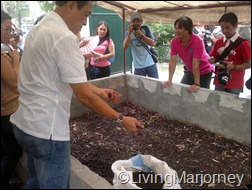
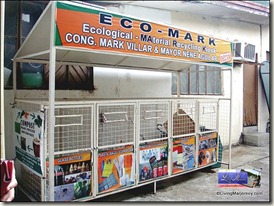





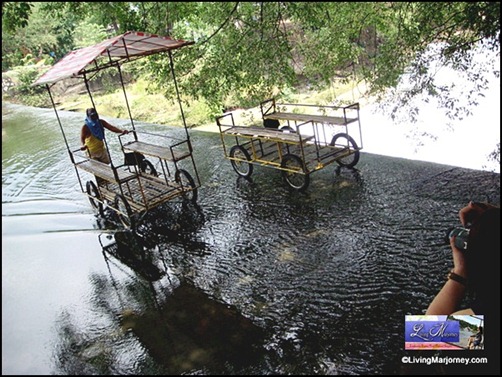
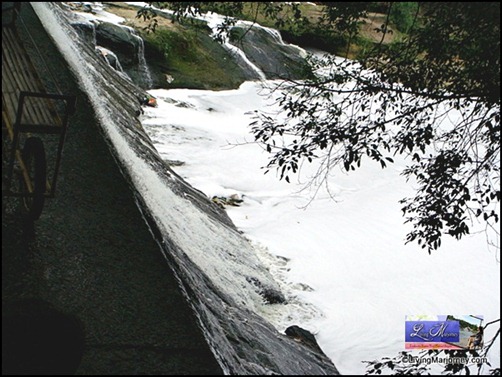
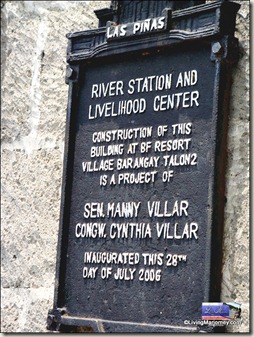
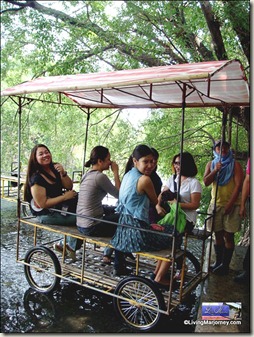

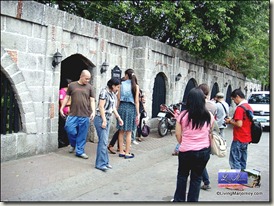


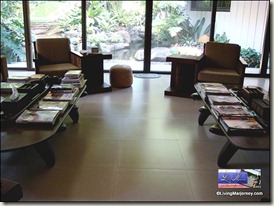

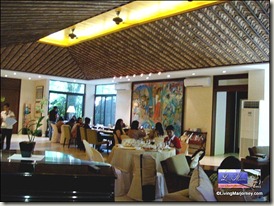
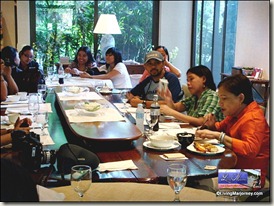

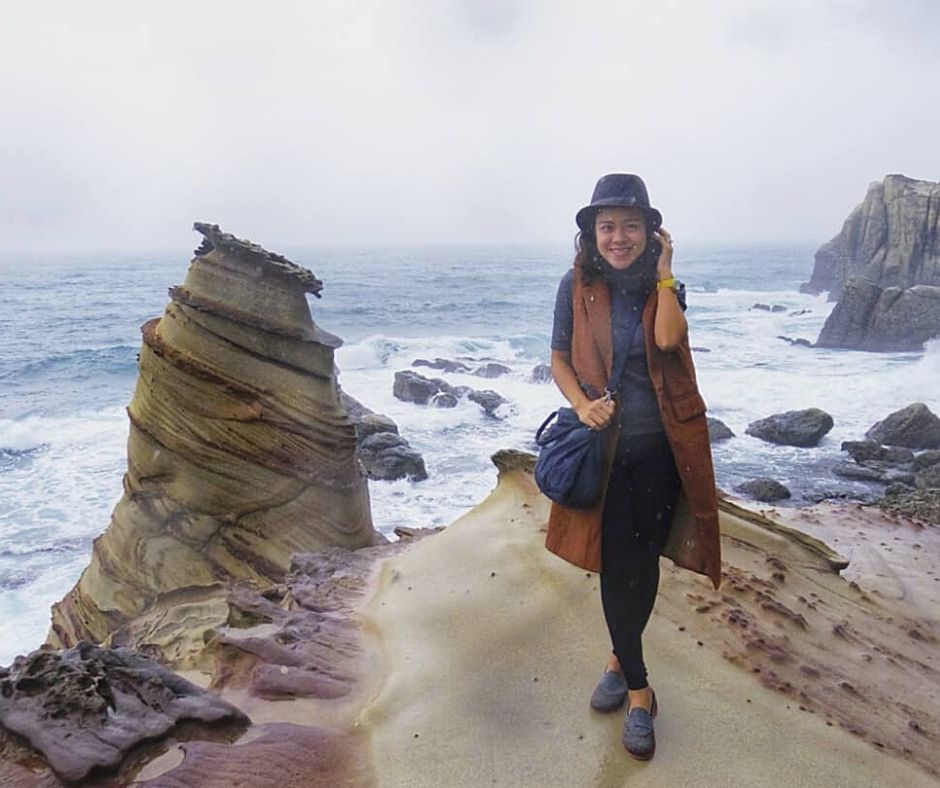








0 comments:
Post a Comment
Share your comments and reaction.